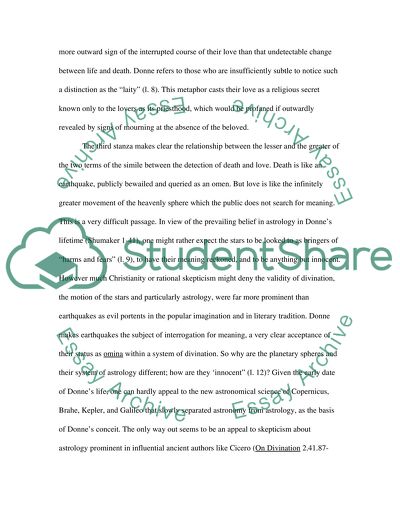Cite this document
(“Modern Poems Book Report/Review Example | Topics and Well Written Essays - 1500 words”, n.d.)
Modern Poems Book Report/Review Example | Topics and Well Written Essays - 1500 words. Retrieved from https://studentshare.org/literature/1528696-modern-poems
Modern Poems Book Report/Review Example | Topics and Well Written Essays - 1500 words. Retrieved from https://studentshare.org/literature/1528696-modern-poems
(Modern Poems Book Report/Review Example | Topics and Well Written Essays - 1500 Words)
Modern Poems Book Report/Review Example | Topics and Well Written Essays - 1500 Words. https://studentshare.org/literature/1528696-modern-poems.
Modern Poems Book Report/Review Example | Topics and Well Written Essays - 1500 Words. https://studentshare.org/literature/1528696-modern-poems.
“Modern Poems Book Report/Review Example | Topics and Well Written Essays - 1500 Words”, n.d. https://studentshare.org/literature/1528696-modern-poems.


